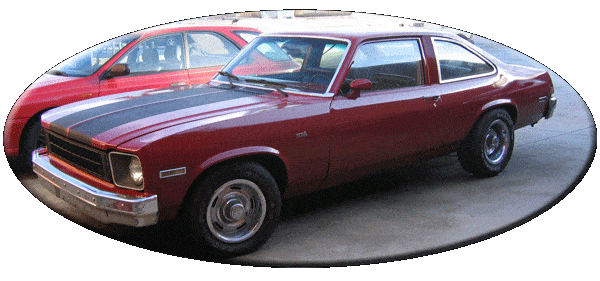OK, good thread. I get the idea. Thanks all for chiming in. Even though it went way off topic 
I'm just leery of having to pull my carb apart every year because of weird ethanol fuel deposits which seem to precipitate out - ie they get through my 50/20/10 micron filter bank.

I'm just leery of having to pull my carb apart every year because of weird ethanol fuel deposits which seem to precipitate out - ie they get through my 50/20/10 micron filter bank.









Comment